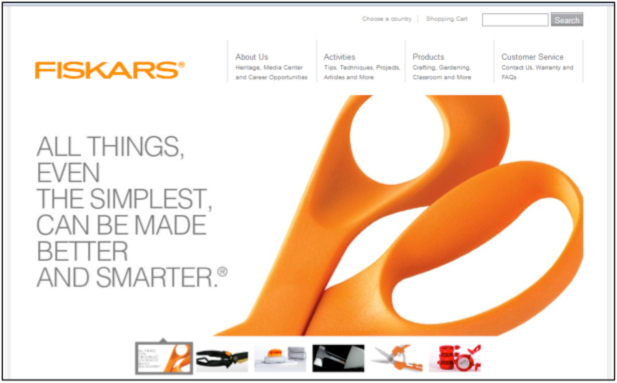Corporate Blogging Best Practices
Blogging is one of the earliest available social media, a vehicle where anyone could express an opinion, share ideas, and invite readers to react with comments. Most blogging is by “hobbyists,” according to the 2011 Technorati State of the Blogosphere study, and corporate blogging only represents only 8% of the volume out there. But no one would argue that blogging isn’t valuable as a corporate marketing tool.
Corporate bloggers write on behalf of their companies, either as part of their jobs or on a full-time basis. They write primarily about business and technology topics. Their reasons for blogging are varied, according to the study:
|
About 35% of the corporate bloggers in the study said they had increased the frequency of their posts in 2011 versus prior years, primarily because of its proven value in promoting the business (63%) and the blogger professionally (60%).
So, blogging continues to demonstrate its value as part of the marketing toolkit. Now, what is the current thinking about corporate blogging best practices and lessons learned? Most bloggers will agree on the following:
- Use an authentic voice. Nothing will turn off readers faster than “marketing-speak.” The tone and manner of a blog should be friendly, frank and personable.
- Make it about helping, versus selling. As buyers rely more and more on the Internet as their source of product information, marketers must provide relevant, compelling and trustworthy information. So help them learn how to be better buyers, and avoid chest-pounding.
- Keep it going. Invest the resources to produce frequent, steady posts. Keep the approvals process streamlined.
- Reach out to other bloggers. Consider other bloggers in your field as media targets for PR efforts, the same way you treat print and broadcast journalists. Connect with them. Pitch story ideas. Refer to their writing in your blog, either in text links or a blogroll.
- Keep an eye on keywords. While your blog must be real, with the best quality writing, it’s still important to weave keywords into the headlines and text, to make you more findable through search engines.
- Keep track. Marketing communications initiatives are constantly subject to budget review. To ensure the long-term viability of your blog, make sure you are tracking key metrics like unique visitors, comments, and mentions elsewhere.
Promote the blog through other channels. Tweet about posts and comments. Include your blog address on offline marketing communications.
Case example of corporate blogging success: Fiskars scissors
Fiskars, a Finnish company established in the 1600s, claims to be the world’s top scissors brand. Their scissors for sewing, gardening and crafting, are produced with a special eye on design and function.

In support of crafting applications for their scissors, the Fiskars U.S. division created a popular blog called Fiskateers, where crafters can share ideas and solve problems about their projects. As a corporate blog, Fiskateers is unusual in that it combines corporate blogging with customer community.
To become a Fiskateer, visitors must apply and be approved for membership by one of four “lead” bloggers, Cheryl, Angela, Tami and Rebecca. The four lead Fiskateers also serve as company ambassadors to the crafting world, appearing at trade shows, teaching scrapbooking classes, building relationships with crafts store owners and providing input to product developers.
The blog was developed in response to a serious marketing problem: competition from low-cost scissors sold at Wal-mart and other chain stores. To attack the increasing commoditization in the scissors market, Fiskars hired the marketing agency Brains on Fire to create a source of differentiation for these top-quality products. Their research showed that crafters were a younger demographic than originally thought, and suggested that online community building would work.
Interestingly, Fiskars decided to put the Fiskateers project under the management of the PR function, rather than marketing. And the lead Fiskateers have the authority to develop the blog as they see fit, rather than taking orders from the company. The result has been a fast-growing, vibrant community of product enthusiasts, which has driven both sales and profit growth for the firm.



